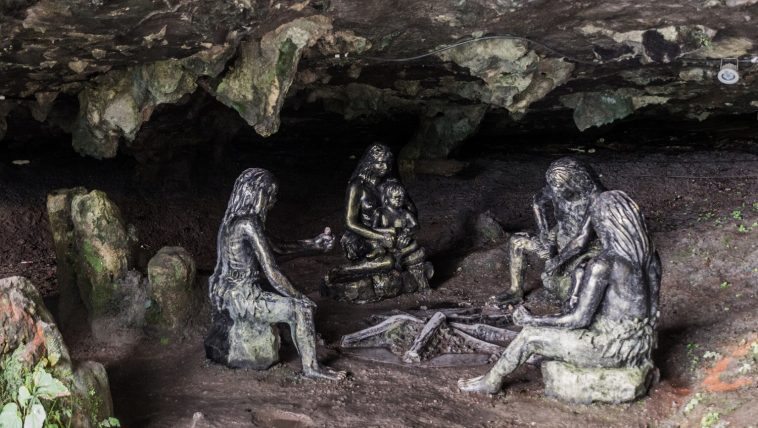[Originally published as About that New “Dragon Man” Fossil…]
The media is abuzz with a “new” fossil discovery. Consider, for example, this article, which says:
A new species of ancient human dubbed Homo longi, or “Dragon Man,” could potentially change the way we understand human evolution, scientists said Friday.
A reader asked me to comment on the discovery, which I am happy to do. Please remember, however, I am not a paleontologist nor a biologist, so my comments are clearly from a non-expert position. Nevertheless, I think I can add a bit of perspective that is sadly missing in most discussions of this fossil find.
First, while this fossil is just making the news, it is anything but new.
As one of the three scientific papers written about it informs us, the skull was discovered in 1933 in China by a man who was part of a team constructing a bridge. He hid it in an abandoned well, apparently with the idea to retrieve it later. However, he never did. Three generations later, the family learned about the skull and recovered it. One of the scientists who wrote the papers learned about it and convinced the family to donate the skull to the Geoscience Museum of Hebei GEO University back in 2018.
So what’s “new” isn’t the discovery of the fossil; it’s the analysis contained in the scientific papers.
Radiometric Dating Problems
Of course, one part of the analysis tried to answer the question of how old the skull is. Two different radioactive dating methods were used (comparing the ratio of two thorium isotopes as well as comparing the ratio of one thorium isotope and one uranium isotope).
As is typical with radioactive dating, the two different methods didn’t agree with one another, and even the same method gave different ages depending on where the sample was taken from the skull. In the end, the ages based on these analyses ranged from 62±3 thousand years old to 296±8 thousand years old. Based on many factors, the authors said that the youngest this fossil could be was 146,000 years old.
Before I move on, I want to use these data to highlight something I have discussed before. The numbers that follow the “±” sign represent what scientists call error bars. They are supposed to tell you the most likely range over which the measurement can actually fall. When you read “62±3 thousand years old,” that is supposed to mean, “62,000 years is the most likely date, but it could be as low as 59,000 years or as high as 65,000 years.” In fact, the actual date could be lower or higher, but the most likely range is 59,000 years to 65,000 years.
Notice, of course, that these error bars are utterly meaningless since the measurements ranged from 59,000 years old to 304,000 years. This is one of the many problems with radioactive dating. Error bars that are utterly meaningless are constantly reported, giving the illusion of a very precise measurement, when in reality, the measurement is anything but precise!
Does the Fossil Represent a New Species?
With the “measured” age of the skull out of the way, let’s discuss the main issue. The scientific papers, as well as the media reports, indicate that this is a new species of human. It doesn’t represent “modern” humans, and it doesn’t represent other known “archaic” humans.
There is one big problem with this idea. The paper says that based on the characteristics of this skull, the human it represents is more closely related to modern humans than is Neanderthal Man. The problem, of course, is that we know Neanderthal Man is fully human because we know that Neanderthal Man interbred with modern humans. Thus, Neanderthal Man is from the same species as modern man.
Since this skull indicates its owner is even more closely related to modern humans, it is a modern human as well.
So while this skull can tell us something about the variety that has existed among humans over the years, it tells us nothing about the “story” of human evolution. It simply represents another variety of human being.






